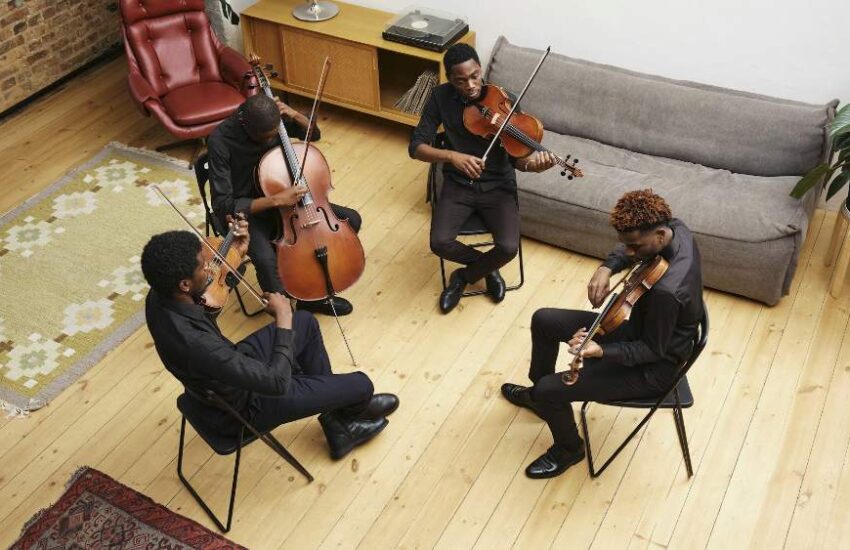Getting Started with RC Airplanes: Beginner’s Buying Tips
If you’ve ever dreamt of taking to the skies and piloting your own aircraft, remote-controlled (RC) airplanes can provide an exciting and accessible way to fulfill that dream. These miniature aircraft allow you to experience the joy of flying without leaving the ground. However, for beginners, choosing the right RC airplanes can be a daunting task. This guide will provide you with valuable insights and tips to help you get started on your RC airplane journey.

Understanding the Basics
Before diving into the world of airplanes, it’s essential to familiarize yourself with some fundamental concepts.
Types of Airplanes: Remote controlled airplanes come in various types, each designed for specific purposes. The three main categories are:
Trainer Planes: Ideal for beginners, these models are stable and easy to control.
Sport and Aerobatic Planes: Designed for more experienced pilots, they are agile and capable of performing aerobatic maneuvers.
Scale Models: These replicate real aircraft and are popular among hobbyists who enjoy detailed replicas.
Electric vs. Gas-Powered: Remote controlled airplanes are powered either by electric motors or gas engines. Electric models are quieter, cleaner, and more beginner-friendly, while gas-powered planes offer longer flight times and are favored by experienced enthusiasts.
Selecting the Right Size
The size of your airplane significantly affects its flight characteristics and where you can use it.
Micro Airplanes: These small models are perfect for indoor flying and are great for practicing basic maneuvers in confined spaces.
Standard-Sized Planes: These are the most common choice for beginners. They strike a balance between stability and maneuverability, making them suitable for outdoor flying in open areas.
Giant-Scale Models: If you have ample space and experience, giant-scale airplanes offer impressive realism and flight capabilities.
Choosing Your Completion Level
Remote controlled airplanes are available in various completion levels, catering to different levels of building and assembly skills.
Ready-to-Fly (RTF): RTF models come pre-built and ready to fly out of the box. They are the easiest option for beginners, as they require minimal assembly and setup.
Almost-Ready-to-Fly (ARF): ARF kits include most components but require some assembly, such as attaching wings and installing electronics. They offer a bit more customization and are suitable for those looking to learn more about the mechanics of airplanes.
Build-It-Yourself (KIT): Kits are for hobbyists who enjoy building from scratch. While they offer the most customization, they are best suited for experienced modelers.
Budget Considerations
Setting a Budget: Determine how much you’re willing to invest in your RC airplane hobby. Entry-level plans are affordable, while high-end models can be more expensive. Consider additional costs for batteries, chargers, and radio equipment.
Safety and Regulations
Familiarize with Local Regulations: Before you start flying your airplane, research local laws and regulations regarding RC aircraft operations. Always follow safety guidelines and respect no-fly zones.
Accessories and Essentials
Radio Transmitter and Receiver: Invest in a quality radio transmitter and receiver combo that matches the frequency of your airplane. A reliable transmitter is crucial for precise control.
Batteries and Charger: Select the appropriate batteries for your plane and ensure you have a compatible charger. Lithium-polymer (LiPo) batteries are common in electric RC aircraft.
Tools and Supplies: Acquire essential tools such as screwdrivers, pliers, and adhesives for assembly and maintenance.
Flight Simulator: Consider using an RC flight simulator to practice flying and improve your skills without risking damage to your real aircraft.
Starting with RC airplanes is an exciting journey that allows you to experience the thrill of flight in a controlled and enjoyable manner. By understanding the basics, choosing the right size and completion level, and investing in essential accessories, you can set yourself up for a rewarding and enjoyable airplane experience.


